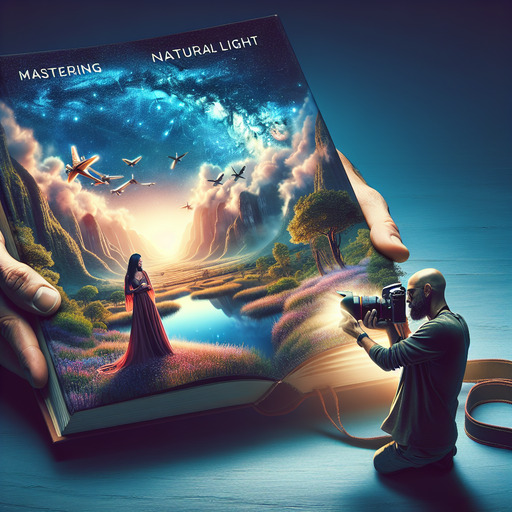
-
Table of Contents
Unlock the secrets to stunning natural light photography! Discover expert tips and elevate your shots today. Learn More
Introduction
Capturing the essence of natural light in photography can transform ordinary scenes into extraordinary images. Natural light, with its ever-changing qualities and hues, offers a dynamic and versatile medium for photographers. Whether it’s the soft, golden glow of sunrise, the harsh midday sun, or the subtle, diffused light of an overcast day, understanding how to harness and manipulate natural light is crucial for creating compelling photographs. This guide delves into essential tips and techniques for mastering natural light photography, helping you to enhance your skills and produce stunning, evocative images that truly capture the beauty of the world around you.
Mastering Natural Light: Essential Photography Tips for Professional Portrait and Landscape Shots
Mastering natural light is an essential skill for any photographer aiming to elevate their portrait and landscape shots. Understanding how to harness the power of natural light can transform ordinary images into extraordinary works of art. To begin with, it is crucial to recognize the different qualities of natural light and how they can impact your photographs. The golden hour, which occurs shortly after sunrise and before sunset, is often considered the best time for capturing stunning images. During this period, the light is soft, warm, and diffused, creating a magical atmosphere that enhances the subject’s features and the landscape’s textures.
Transitioning from the golden hour, another important aspect to consider is the direction of light. Front lighting, where the light source is directly in front of the subject, can result in evenly lit images with minimal shadows. However, this type of lighting can sometimes make the subject appear flat. On the other hand, side lighting, where the light hits the subject from the side, adds depth and dimension by creating shadows and highlights. This technique is particularly effective for portrait photography, as it accentuates the contours of the face and adds a sense of drama.
In addition to the direction of light, the quality of light plays a significant role in the outcome of your photographs. Soft light, which is diffused and gentle, is ideal for creating flattering portraits and serene landscapes. This type of light can be found on overcast days or in shaded areas. Conversely, hard light, characterized by its harsh and direct nature, can produce strong contrasts and sharp shadows. While hard light can be challenging to work with, it can also be used creatively to achieve striking and dynamic images.
Furthermore, understanding how to use natural light effectively involves mastering the art of exposure. Proper exposure ensures that your images are neither too dark nor too bright, maintaining the details in both the highlights and shadows. One technique to achieve this is by using the exposure compensation feature on your camera. This allows you to make incremental adjustments to the exposure, ensuring that the final image accurately reflects the scene’s lighting conditions.
Moreover, the use of reflectors and diffusers can significantly enhance your natural light photography. Reflectors help bounce light onto the subject, filling in shadows and creating a more balanced exposure. They are particularly useful in portrait photography, where they can be used to illuminate the subject’s face and add a catchlight to the eyes. Diffusers, on the other hand, soften harsh light, making it more manageable and flattering. They can be used to diffuse direct sunlight, creating a more even and gentle illumination.
Additionally, paying attention to the background and surroundings is essential when working with natural light. A cluttered or distracting background can detract from the subject and diminish the overall impact of the photograph. By carefully selecting your shooting location and considering the interplay of light and shadow, you can create a harmonious composition that enhances the subject and the scene.
In conclusion, mastering natural light is a fundamental aspect of professional photography that requires a keen understanding of light’s qualities, direction, and intensity. By experimenting with different lighting conditions, utilizing tools like reflectors and diffusers, and paying attention to exposure and composition, photographers can capture breathtaking portraits and landscapes that truly stand out. With practice and patience, the ability to harness natural light will become an invaluable skill in your photographic repertoire.
Q&A
1. **Question:** How can I make the most of natural light when taking outdoor portraits?
**Answer:** To make the most of natural light for outdoor portraits, shoot during the “golden hours” shortly after sunrise or before sunset when the light is soft and warm. Position your subject with the sun behind them to create a natural backlight and use a reflector or fill flash to illuminate their face.